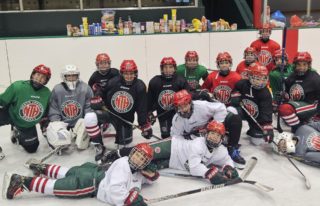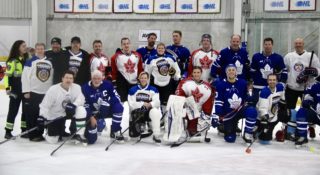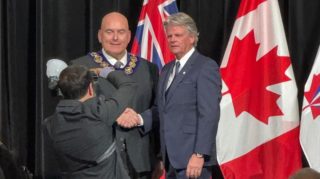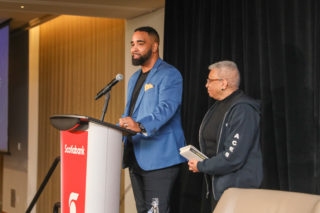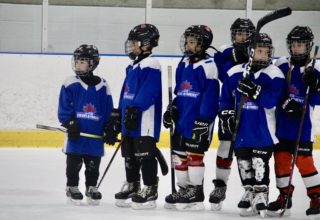A growing area of concussion research points to individualized exercise prescriptions and energy management education as part of a balanced recovery.
Gone are days of thinking kids with concussions need to be sent to dark rooms to sit quietly and wait on recovery. Emerging are research studies and supervised programs that describe positive outcomes for kids and youth where active interventions, such as light aerobic training and relaxation techniques, are performed even a few days after a concussion.
Studies of kids engaged in these active rehabilitation programs relatively soon after a concussion report children have decreased symptoms and earlier recovery times, among other positive outcomes, when they are given the green light to begin individualized exercise in moderate amounts under supervision. However, an exercise prescription is not where recovery starts or ends.
Physical and mental rest after a concussion is still the first step in recovery and a very important one for any person suffering a brain injury like a concussion. Historically, it was believed that rest was best until a person was free of symptoms, and this method would possibly promote recovery by decreasing energy demands on the brain. However, the duration of rest recommended after a concussion has taken on a new perspective. The most recent international consensus statement in the field of concussion research now suggests that rest, as a standalone option, may not completely resolve symptoms and promote recovery. Instead, it is recommended that a brief period of rest be taken immediately after injury, in the range of 24 to 48 hours.
Following an initial period of rest, gradual and progressive activity can be encouraged, as long as activities do not bring on or worsen symptoms. To many, “progressive activity” sounds like “get back to exercising” – but researchers and clinicians caution that there is more to it. We do not have all the answers and an active rehabilitation approach requires the supervision of a trained health care professional to safely apply exercise in the setting of concussion.
A recent scientific publication reviewed the evidence behind the use of controlled aerobic exercise as medicine for the treatment of concussions and persistent post-concussive syndrome. In one study they reviewed, the data suggested that moderate levels of physical activity within the first week after injury reduced the occurrence of persistent post-concussion symptoms in children and adolescents when compared with kids who reported doing no structured physical activity. In another study reviewed, the data suggested that “the physically trained brain is different than the sedentary brain and responds positively to controlled exercise after concussion”, which is good news for athletes and those who engage in regular physical activity and exercise. The authors of the article concluded that exercise is both a promising tool to safely evaluate concussion and promote recovery for patients with concussion and persistent symptoms. The same review also noted, however, that further research is needed to explore the optimal timing of exercise after injury, where the exercise should be prescribed as a dosage and based on the characteristics of the individual. But, many questions still remain in regards to the best formula for dosage.
Activity can take a number of forms, including aerobic exercise and an active rehabilitation program that may be defined differently between facilities. “Active rehabilitation is not simply exercise,” says Anne Hunt, Manager of the Intervention Research Program in the Concussion Centre at Holland Bloorview Kids Rehabilitation Hospital. Research conducted in the Concussion Centre at Holland Bloorview suggests that the key ingredient in active rehabilitation may be the comprehensive education piece.
“We found that when kids engage in active rehabilitation programs, it helps them learn how to manage their energy and re-engage in their activities gradually.” Hunt added that, “parents also learn that their child can take a more active role in their own recovery through the supervised program and they learn to be more patient with their child’s recovery.”
From a research perspective, there are still many unknowns about active rehabilitation following concussion because this area is just emerging. Despite this, there are promising outcomes being reported from a clinical lens.
“In practice, an active rehabilitation approach gives kids the ‘green light’ to get up and move again,” says Andie Hickling, Occupational Therapist with the Persistent Symptoms Clinic at Holland Bloorview. “We have seen that when children and youth are cleared to participate in a graduated exercise program following concussion, there is a positive impact on not only their concussion symptoms, but on their mood, mental wellness and overall well-being.”


